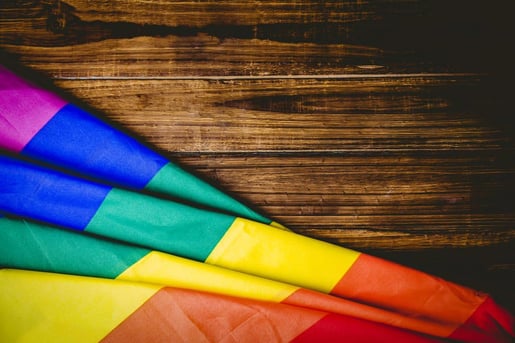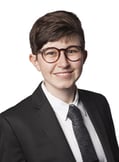As an LGBTQ+ high schooler, it was incredibly difficult to imagine a life beyond those four years. Independence felt like a myth you only ever heard about but never got to truly experience - and even if you did, you wouldn’t know what to do with it. What would a relationship look like if I didn’t have to constantly sneak around? What would it mean to be fully out in an educational environment? How does someone learn to advocate for themselves? How do queer adults balance surviving and working to improve the environment around them?
In the LGBTQ+ community, we often talk about what it means to be able to see ourselves represented in media or in the professions we intend to go into, but we rarely talk about the jump you make between high school and college, or adolescence and adulthood. Because our lives are unpredictable in unique ways, there is no perceived normal life for LGBTQ+ people—nor should there be—and we often face challenges making that transition. Not knowing anyone who has made that transition successfully only makes this process more difficult.

This is why my Community Service Project is dedicated to working with LGBTQ+ youth and their families to provide support and resources to help them understand what life looks like after leaving home. I go to Bard College in Annandale-on-Hudson, New York, which is fairly isolated. The nearest city, and the nearest LGBTQ+ community center, is on the other side of the river, and the surrounding area is extremely rural and conservative. With Trump signs everywhere and parking lots full of pick-up trucks, it is a difficult place for LGBTQ+ youth to grow up. For an LGBTQ+ youth to single themselves out by attempting to change minds or policies in such a rural area could prove extremely dangerous to their safety. This also risks stifling ambitions to improve the area for LGBTQ+ people and making it a habitable place for these youth to be out and proud if they decide to or have to stick around when they’re older. Having never seen proof that positive change can be brought about for the LGBTQ+ community, there is little incentive for LGBTQ+ youth to take the risks necessary to bring about that change.

Through events with Bard College’s queer students who come from varied backgrounds, experiences, perspectives, and geographic locations, I hope to show LGBTQ+ youth in the surrounding community that if they want to create change in their communities, it is possible. Plus, if they want to pursue higher education, it is possible to thrive despite the many challenges that we face doing so.
Even though many of them have heard about policies being changed in high schools through media coverage, few LGBTQ+ youth in such an isolated area actually know anyone who has done that and can give them advice. Many also do not know any out young LGBTQ+ adults. Being able to envision a future, whether that’s for them or for their community, is key for improving the mental health of LGBTQ+ youth. I’m excited to work with these LGBTQ+ youth so they have a high school experience that is different from and better than mine.

This post was written by Point Scholar Harper Rubin.
Harper is the first trans athlete at Bard College, where they study Global and International Studies and Gender and Sexuality Studies, and has worked to make athletics more accessible for queer and trans students. Harper is also a research assistant for their adviser at Bard as well as at the World Policy Institute.

